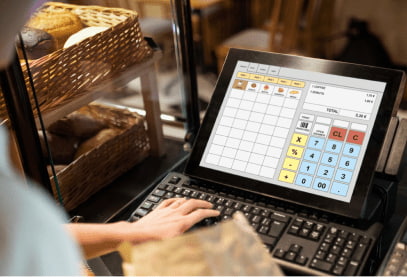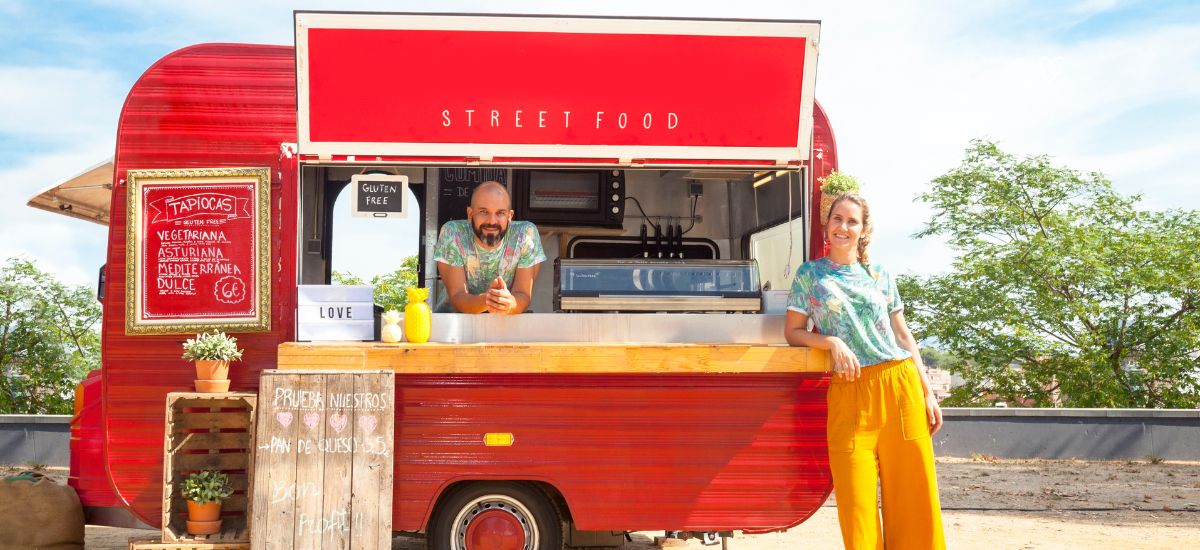Key Takeaways
- Third-party apps expand reach but reduce margins and limit data.
- Direct online orders increase profits and customer control.
- Hybrid strategies combine reach with direct ordering benefits.
- POS integration ensures efficient operations and accurate orders.
- Restolabs enables commission-free online ordering with full analytics.
The third-party food delivery market has experienced exponential growth over the past few years, reshaping how restaurants operate and how customers order food. The global online food delivery market is projected to reach above $192 billion, with platforms like DoorDash, Uber Eats, and Grubhub dominating the space. While these services offer undeniable benefits, they also present significant challenges for restaurants, particularly when it comes to profitability and brand control.
As a restaurant owner, you're likely feeling the pressure to partner with these platforms while simultaneously worrying about the impact on your bottom line. You're not alone in this struggle. Many restaurant operators lose sleep over balancing the convenience these services offer with their often steep commission structures. It's time to consider saying goodbye to third-party food aggregators and focusing on building a loyal customer base through direct ordering channels.
For restaurants, the question remains: Are third-party restaurant delivery services a threat or an opportunity? Let's break it down to help you make an informed decision that supports your business goals without sacrificing your profits or customer relationships.
Understanding the Third-Party Delivery Market Landscape
A third-party restaurant delivery service is an external company that provides the technology and logistics for food delivery, partnering with restaurants to handle ordering and driver management through a platform or app. These services act as a marketplace, connecting restaurants, customers, and independent delivery drivers to facilitate food orders and deliveries. However, using third-party apps to sell food can result in significant losses, including control over customer data, profit margins, and brand identity.
The current landscape of third-party delivery services has evolved significantly in recent years:
- Market Growth: The third-party food delivery industry has grown exponentially, with platforms like DoorDash holding a 65% market share in the U.S., followed by Uber Eats at 23% and Grubhub at 12%..
- Consumer Behavior: Over 60% of consumers order food delivery at least once a week, driven by convenience, variety, and attractive discounts.
- Restaurant Adoption: On average, restaurants partner with 2-3 delivery platforms to maximize their reach and customer base.
- Increasing Dependence: Many restaurants now generate 20-30% of their revenue through third-party delivery services, creating both opportunities and vulnerabilities. In fact, food delivery apps can be killing your restaurant business if not managed properly.
While these platforms help restaurants tap into a wider audience, they come with significant costs—both financially and operationally. Understanding how these services work is essential for making strategic decisions about your restaurant's delivery approach.
Key Benefits of Third-Party Restaurant Delivery Services
Third-party delivery services offer several advantages that make them attractive to restaurants of all sizes. Understanding these benefits can help you leverage these platforms strategically while minimizing their drawbacks.
Expanded Reach and Customer Acquisition
One of the most compelling reasons restaurants turn to third-party delivery services is their ability to expand customer reach:
- New Customer Access: These platforms provide access to millions of users who might not otherwise discover your restaurant.
- Built-in Marketing: Your restaurant appears in search results when local customers browse for dining options, creating visibility without additional marketing spend.
- Promotional Opportunities: Featured placement, special promotions, and discount opportunities can help attract first-time customers.
- Broader Geographic Coverage: Delivery services can extend your restaurant's reach beyond your typical dine-in radius, allowing you to serve customers in new areas.
For small and mid-sized restaurants especially, this expanded reach can be transformative, helping them compete with larger chains and established brands in the digital marketplace.
Operational Convenience and Delivery Network Access
Building and maintaining your own delivery infrastructure requires significant investment and operational complexity. Third-party delivery services eliminate this burden:
- Ready-Made Logistics: Outsourcing delivery logistics allows restaurants to focus on food preparation and customer service rather than managing drivers and delivery routes.
- No Fleet Management: Restaurants can offer delivery without the significant costs of hiring, training, and managing their own drivers.
- Flexible Capacity: Delivery services can scale up during peak times without restaurants needing to hire additional staff.
- Technology Infrastructure: These platforms provide sophisticated ordering, tracking, and payment systems that would be costly to develop independently.
This operational convenience allows restaurants to enter the delivery market quickly without significant upfront investment in technology or personnel.
Access to Customer Data and Analytics
While third-party platforms do limit direct customer data access, they often provide valuable analytics that can inform business decisions:
- Performance Metrics: Many platforms offer insights into your most popular items, peak ordering times, and customer satisfaction ratings.
- Market Trends: Data on ordering patterns can help you identify emerging food trends and customer preferences.
- Competitive Analysis: Some platforms provide benchmarking data that shows how your restaurant performs compared to similar establishments.
- Menu Optimization: Analytics can reveal which menu items perform well in the delivery context, helping you refine your offerings.
These insights can be valuable for menu development, pricing strategies, and operational planning, even as you work to build your own customer database.
Risks and Challenges of Relying on Third-Party Delivery Apps
Despite their benefits, third-party restaurant delivery services come with significant drawbacks that can impact your profitability and brand control. Understanding these challenges is crucial for developing a balanced approach to delivery.
High Commission Fees and Profit Margin Impact
Perhaps the most significant concern for restaurant owners is the financial impact of third-party delivery commissions:
- Steep Commission Rates: Restaurants typically pay 15-30% per order in commissions, which can severely erode already slim profit margins.
- Additional Fees: Beyond base commissions, many platforms charge setup fees, marketing fees, or premium placement fees.
- Pricing Pressure: The competitive nature of delivery apps often forces restaurants to offer discounts or promotions, further reducing profitability.
- Volume Requirements: Some platforms require minimum order volumes or penalize restaurants for rejecting orders during busy periods.
For many restaurants operating on thin margins (typically 3-5% in the industry), these fees can mean the difference between profitability and loss on delivery orders. Consider the long-term implications of relying heavily on third-party platforms and explore alternatives like ditching the marketplace for an in-house online ordering system.
Loss of Customer Data and Brand Control
When customers order through third-party platforms, restaurants lose direct access to valuable customer information:
- Limited Customer Relationships: Platforms own the customer data, making it difficult for restaurants to build direct relationships and loyalty.
- Restricted Marketing Opportunities: Without access to customer contact information, restaurants cannot conduct follow-up marketing or loyalty programs.
- Brand Dilution: Customers often associate their experience with the delivery platform, not the restaurant, weakening brand recognition.
- Platform Dependency: As customers become accustomed to ordering through third-party apps, restaurants become increasingly dependent on these platforms.
This loss of direct customer relationships can have long-term implications for your restaurant's ability to build loyalty and control your brand experience.
Quality Control and Customer Experience Risks
When you outsource delivery, you also surrender some control over the final customer experience:
- Food Quality Concerns: Delivery times can affect food temperature, presentation, and overall quality, potentially damaging your reputation.
- Service Issues: Delivery errors, delays, or poor service by drivers can harm your restaurant's reputation, even if the issue lies with the third party.
- Limited Communication: Restaurants often have limited ability to communicate directly with customers about order status or issues.
- Inconsistent Representation: Delivery personnel represent your brand to customers but aren't trained by you or familiar with your values.
These quality control challenges can lead to negative reviews and customer dissatisfaction that affects both your delivery and dine-in business.
The Hybrid Approach: Combining Third-Party Services with In-House Ordering
The key to thriving in today's competitive landscape lies in striking a balance between third-party apps and in-house online ordering systems. This hybrid approach allows you to leverage the benefits of third-party platforms while mitigating their drawbacks.
Benefits of Commission-Free Direct Ordering
Implementing your own direct ordering system offers several significant advantages:
- Eliminated Commission Fees: Direct orders through your website or app aren't subject to the 15-30% commission fees charged by third-party platforms.
- Improved Profit Margins: Without commissions, each order is significantly more profitable, improving your bottom line.
- Complete Brand Control: Your direct ordering system reflects your brand identity, values, and customer experience standards.
- Menu Flexibility: You can update menus, pricing, and promotions instantly without waiting for platform approval or paying additional fees.
- Direct Customer Communication: Communicate directly with customers about their orders, special requests, or delivery status.
A commission-free online ordering system creates a sustainable foundation for your digital ordering strategy while preserving your profit margins.
Strategies to Convert Third-Party Customers to Direct Orders
The challenge for many restaurants is transitioning customers from third-party platforms to direct ordering channels. Here are effective strategies to accomplish this:
- Branded Packaging: Include inserts in third-party deliveries that promote your direct ordering website or app, highlighting exclusive benefits or discounts.
- Loyalty Programs: Offer rewards, points, or special promotions exclusively for customers who order directly.
- Better Pricing: Since you're not paying commissions, you can offer slightly lower prices or free delivery on direct orders.
- Exclusive Menu Items: Create special dishes or combos that are only available through your direct ordering channels.
- QR Codes: Place QR codes on packaging, receipts, and in-store materials that link directly to your ordering platform.
Seamless Integration with POS, Payment & Delivery Systems
A successful hybrid approach requires seamless technology integration to maintain operational efficiency:
- POS Integration: Your online ordering system should integrate directly with your point-of-sale system to eliminate manual order entry and reduce errors.
- Payment Processing: Offer multiple secure payment options that customers trust, including credit cards, digital wallets, and contactless payments.
- Delivery Management: Consider seamless POS and delivery integrations with local delivery services or delivery management platforms that charge flat fees rather than order-based commissions.
- Kitchen Display Systems: Integrate your online orders with kitchen displays to streamline preparation and improve accuracy.
- Inventory Management: Connect your ordering system with inventory management to automatically update item availability.
These integrations create a cohesive system that makes managing both third-party and direct orders efficient and scalable.
Why Choose Restolabs for Your Online Ordering System
At Restolabs, we understand the challenges restaurants face in the digital age. Our Online Ordering System is specifically designed to help you take back control of your operations, profits, and customer relationships while complementing your third-party delivery strategy.
Features That Empower Restaurants
Our platform offers comprehensive features that address the specific needs of restaurant owners:
- Customizable Ordering Experience: Create a branded ordering experience that reflects your restaurant's unique identity and menu presentation.
- Zero Commission Fees: Save on third-party costs by driving direct orders through your website or app with no per-order commissions.
- Real-Time Analytics: Gain insights into customer behavior, popular items, and ordering patterns to optimize your menu and marketing strategies.
- Multi-Location Management: Easily manage multiple restaurant locations from a single dashboard with location-specific menus and settings.
- Marketing Tools: Built-in marketing features like promo codes, special offers, and abandoned cart recovery help drive more direct orders.
- Customer Engagement: Build loyalty with personalized offers, rewards programs, and targeted promotions based on ordering history.
These features work together to create a powerful platform that complements your third-party strategy while building a sustainable direct ordering channel.
Scalability and Customer Ownership
As your restaurant grows, your online ordering system needs to grow with you:
- Complete Data Ownership: Retain full access to your customer data, including contact information, ordering preferences, and history.
- Scalable Technology: Our cloud-based platform handles increasing order volumes without performance issues as your business grows.
- Customizable Growth Path: Start with basic ordering and add features like loyalty programs, catering modules, or advanced marketing tools as needed.
- Comprehensive Support: Receive ongoing technical support and strategic guidance to maximize your online ordering success.
- Continuous Innovation: Benefit from regular platform updates and new features based on industry trends and restaurant feedback.
Our restaurant success stories demonstrate how restaurants of all sizes have successfully implemented a hybrid approach using Restolabs as their direct ordering foundation.
Conclusion: Making Informed Choices for Sustainable Growth
Third-party restaurant delivery services are neither inherently good nor bad—they are a tool that can be strategically leveraged as part of a comprehensive digital ordering strategy. The most successful restaurants recognize that relying exclusively on third-party platforms is unsustainable due to high commission fees and loss of customer relationships.
The truth that many restaurant owners eventually recognize is that owning a commission-free, integrated online ordering system empowers control, growth, and customer loyalty in ways that third-party platforms alone cannot provide.
By adopting a hybrid approach that combines the customer acquisition benefits of third-party services with the profitability and control of direct ordering, you can build a sustainable digital ordering strategy that supports your business goals. This balanced approach allows you to:
- Reduce dependency on third-party platforms and their high commission fees
- Gradually build your own customer database for direct marketing
- Increase profitability by driving more commission-free direct orders
- Enhance customer loyalty through personalized experiences and rewards
- Maintain full control over your brand, menu, and customer experience
Ready to take control of your online ordering strategy? Schedule a demo with Restolabs today and discover how our commission-free online ordering system can help you thrive in the digital age while maintaining healthy profit margins.
Frequently Asked Questions
Fees usually range from 15–30% per order, cutting into already thin restaurant margins. Commission-free platforms like Restolabs let restaurants keep 100% of revenue.
Third-party apps limit access to customer info. Restaurants can use packaging inserts, QR codes, and loyalty programs—or implement their own system—to capture full customer data.
It combines third-party apps for new customer reach with direct ordering for higher margins and full data ownership, balancing acquisition and profitability.
Delivery errors, delays, or mishandling by third-party drivers can harm your brand. Direct ordering keeps you in control of the customer experience and branding.
Essential integrations include POS, payment processing, delivery management, kitchen displays, CRM, inventory, and marketing tools to streamline operations and reduce errors.
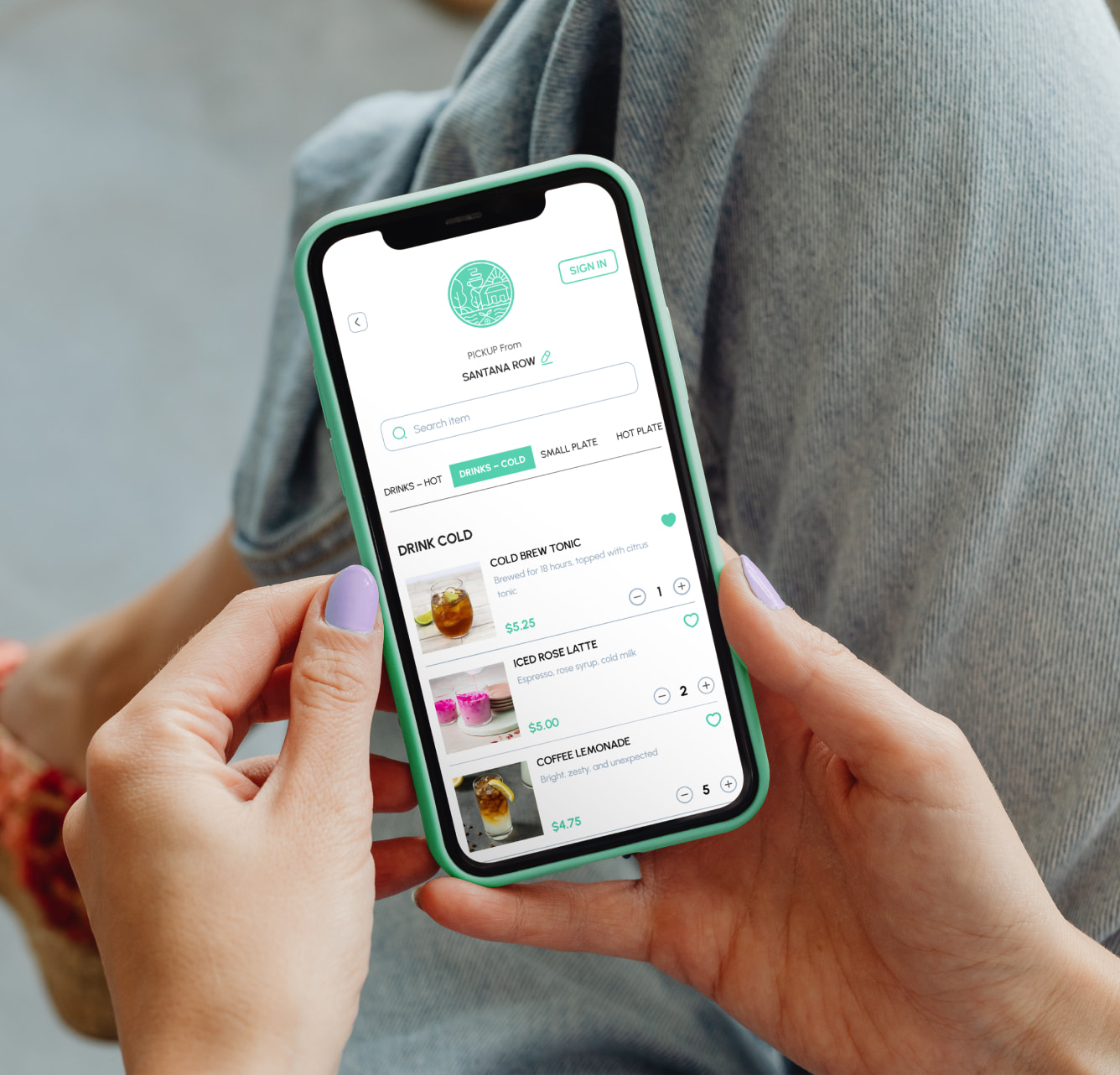

.gif)
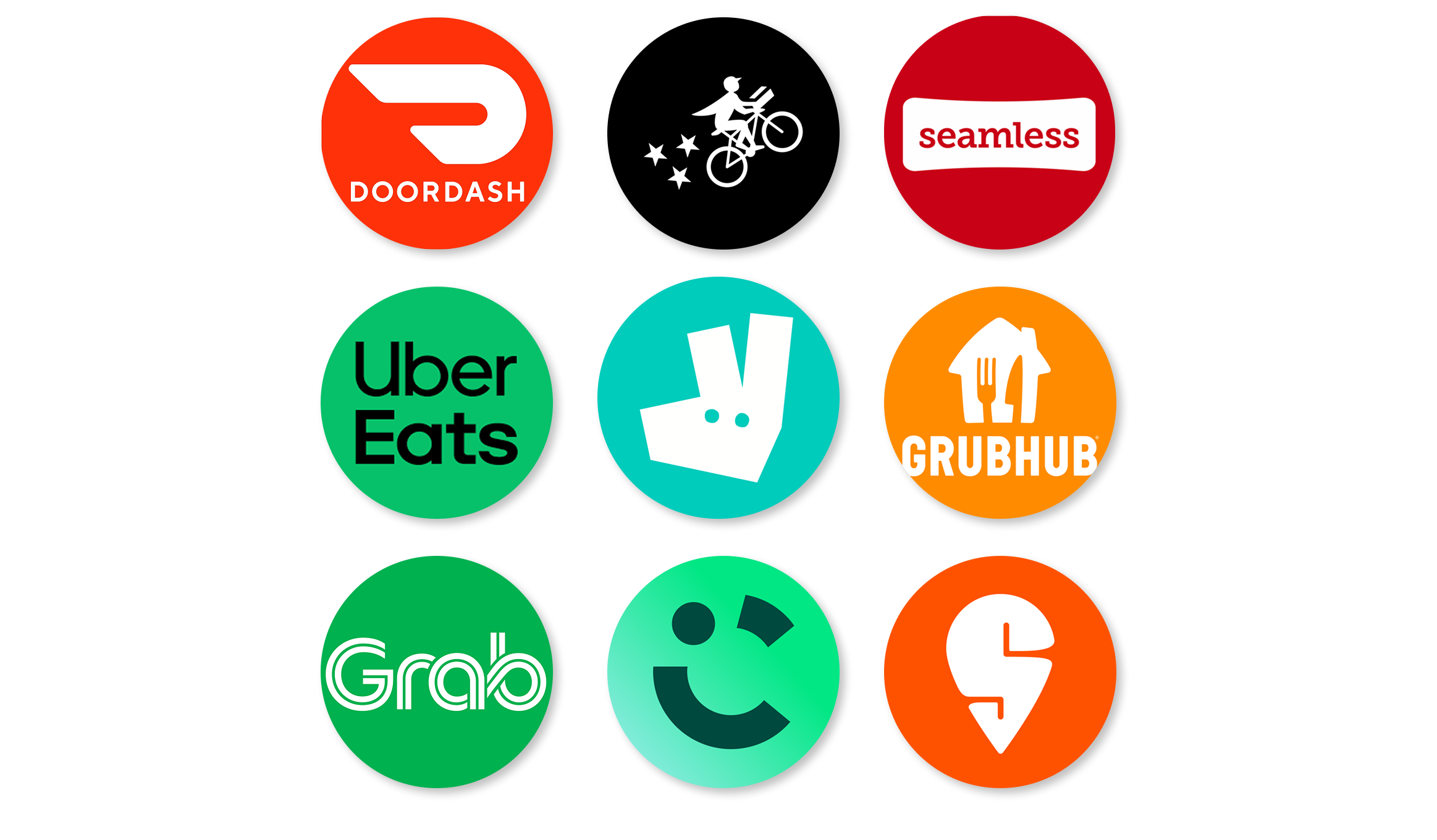
.png)

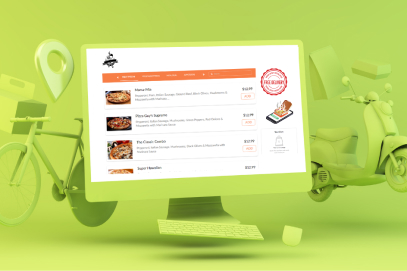
.png)
